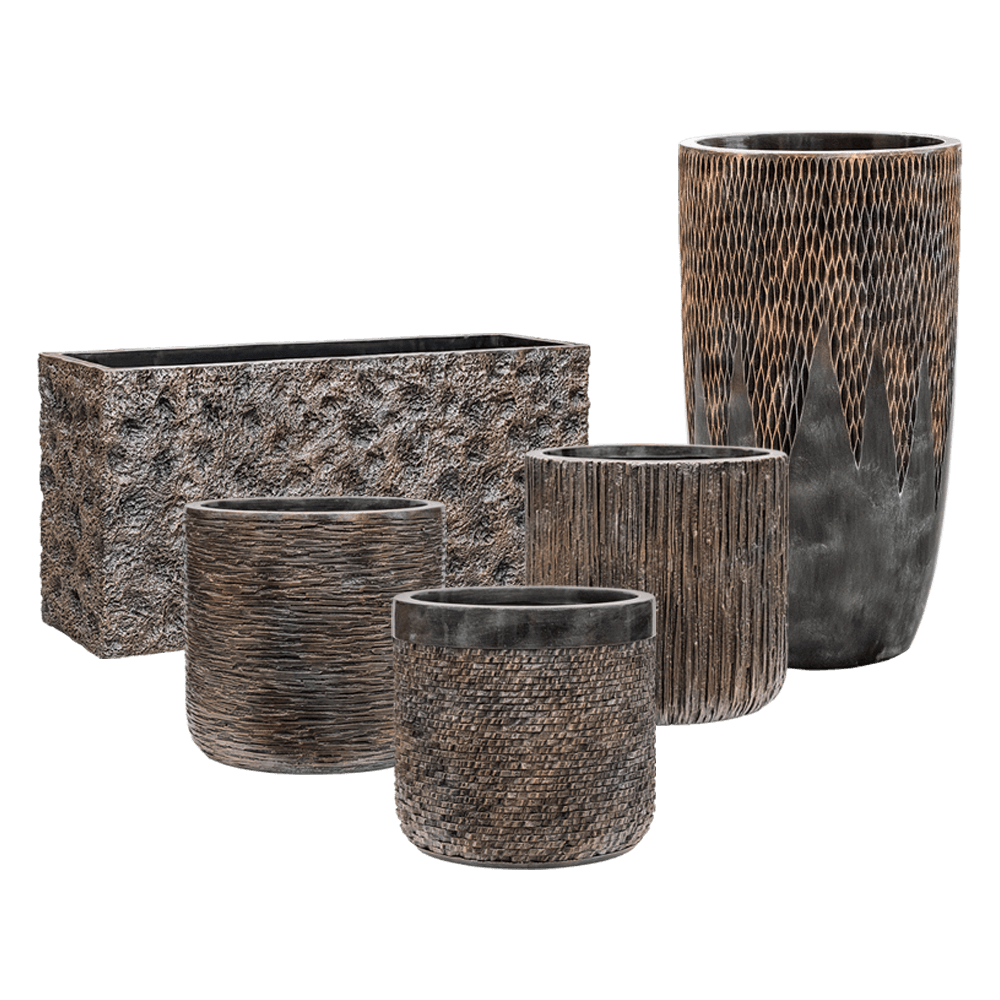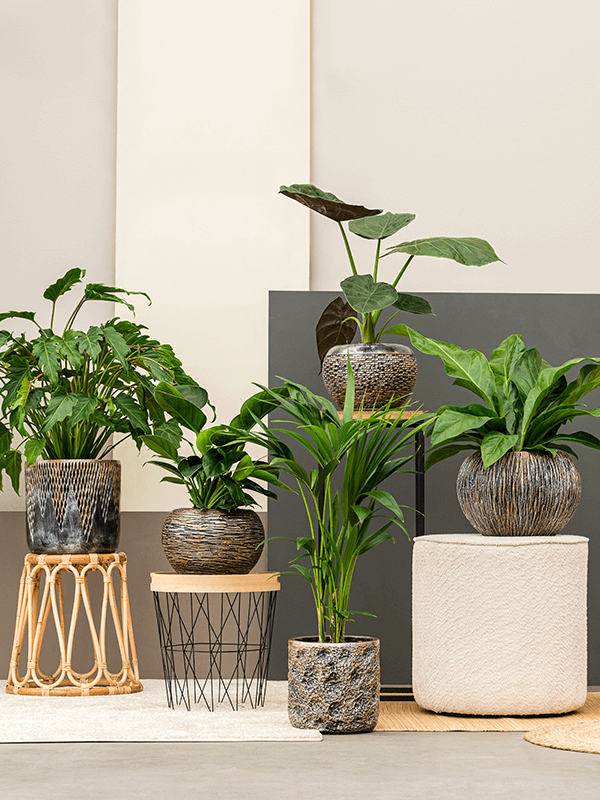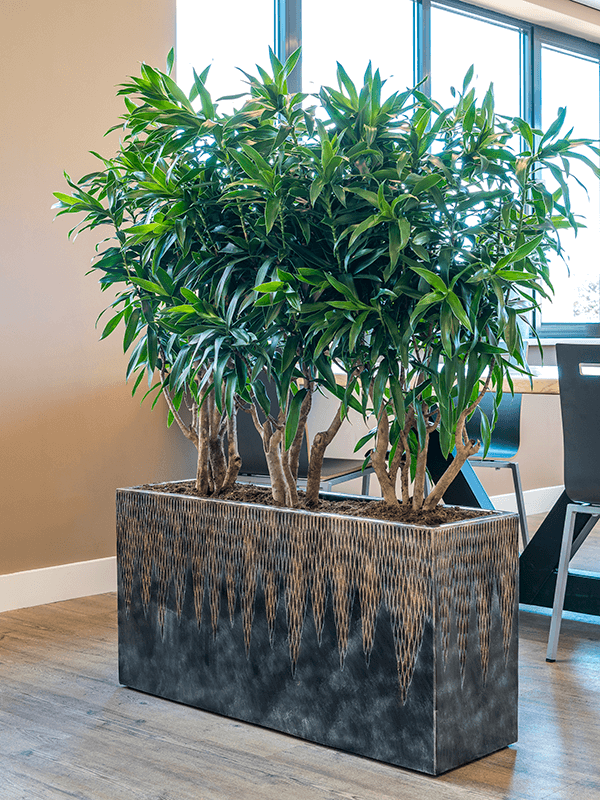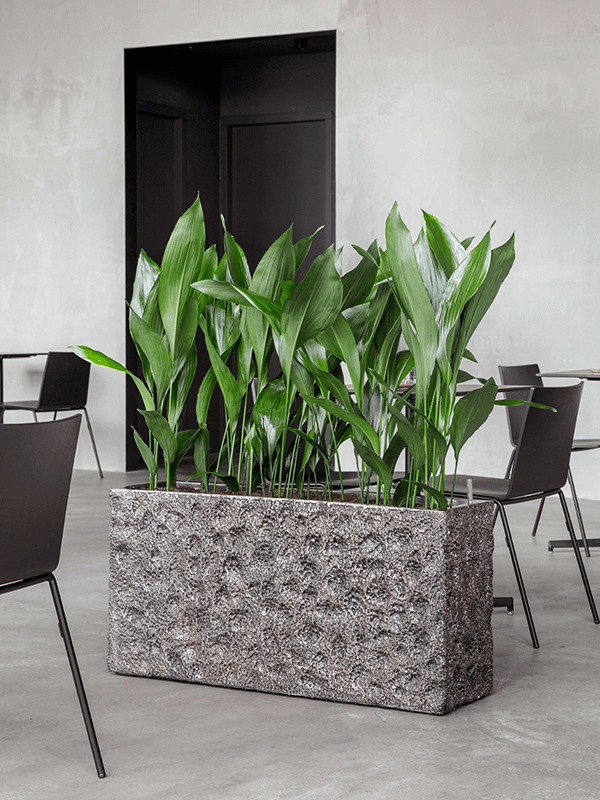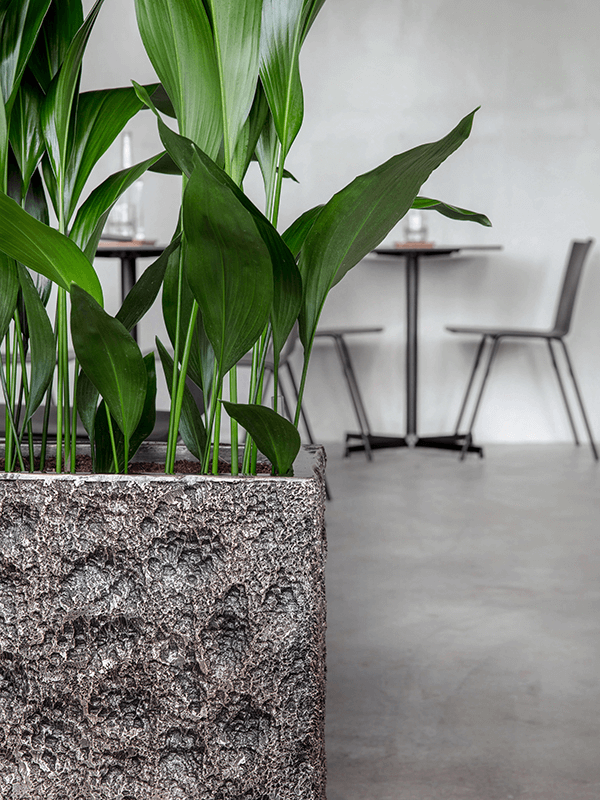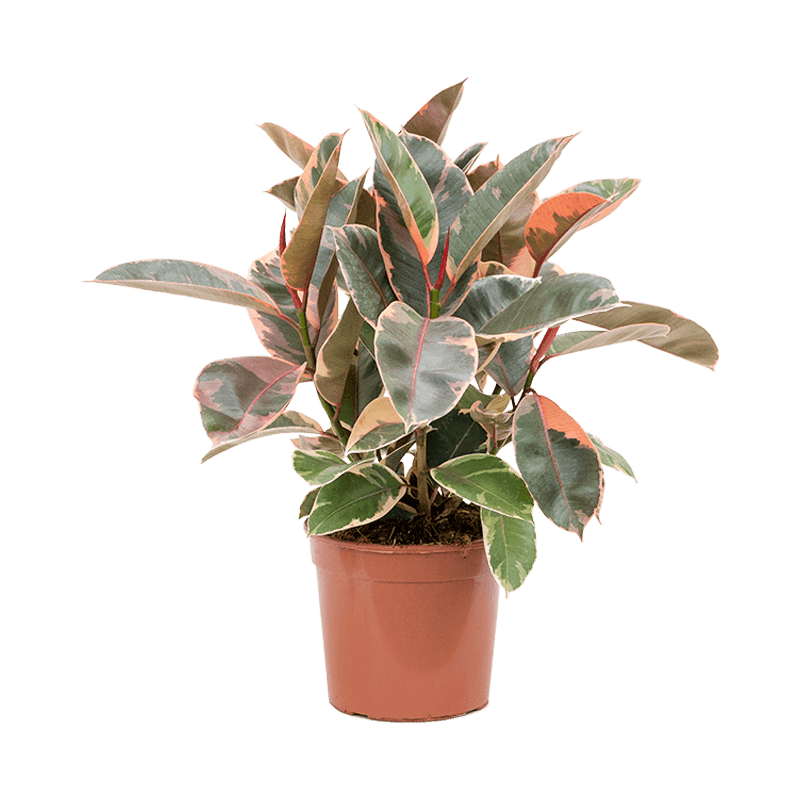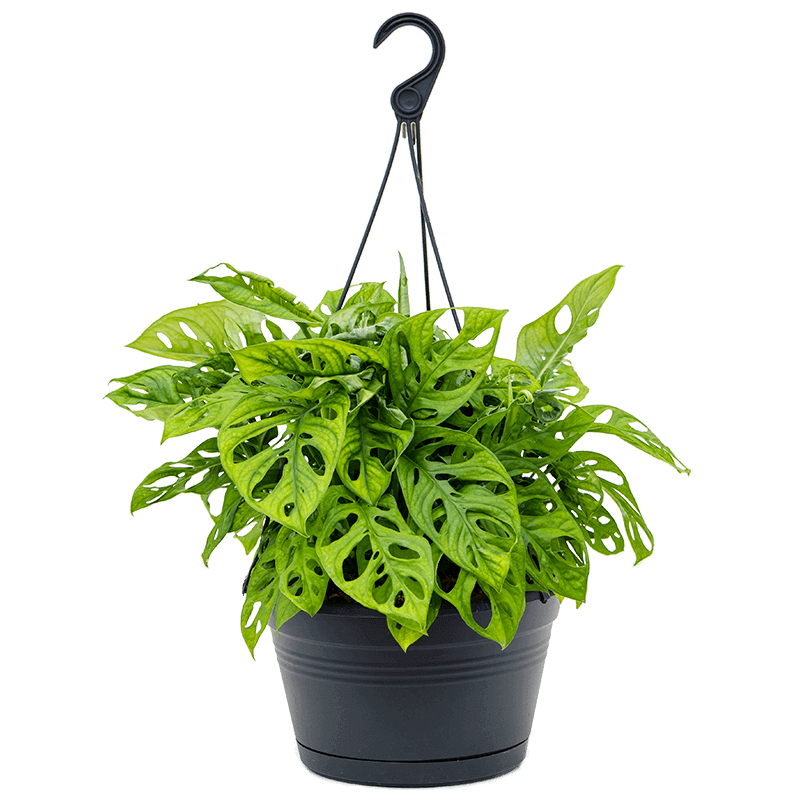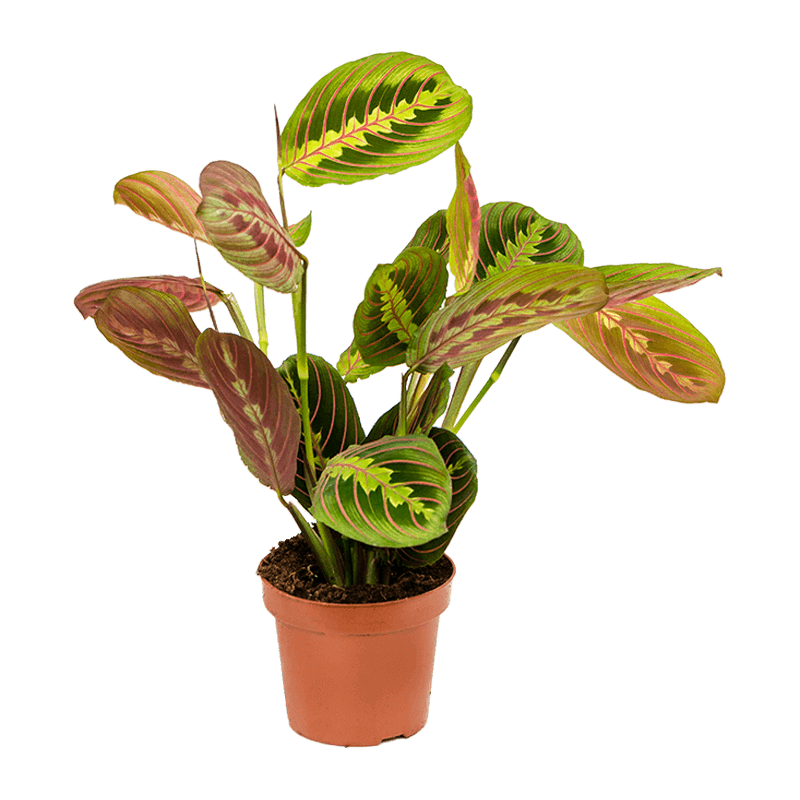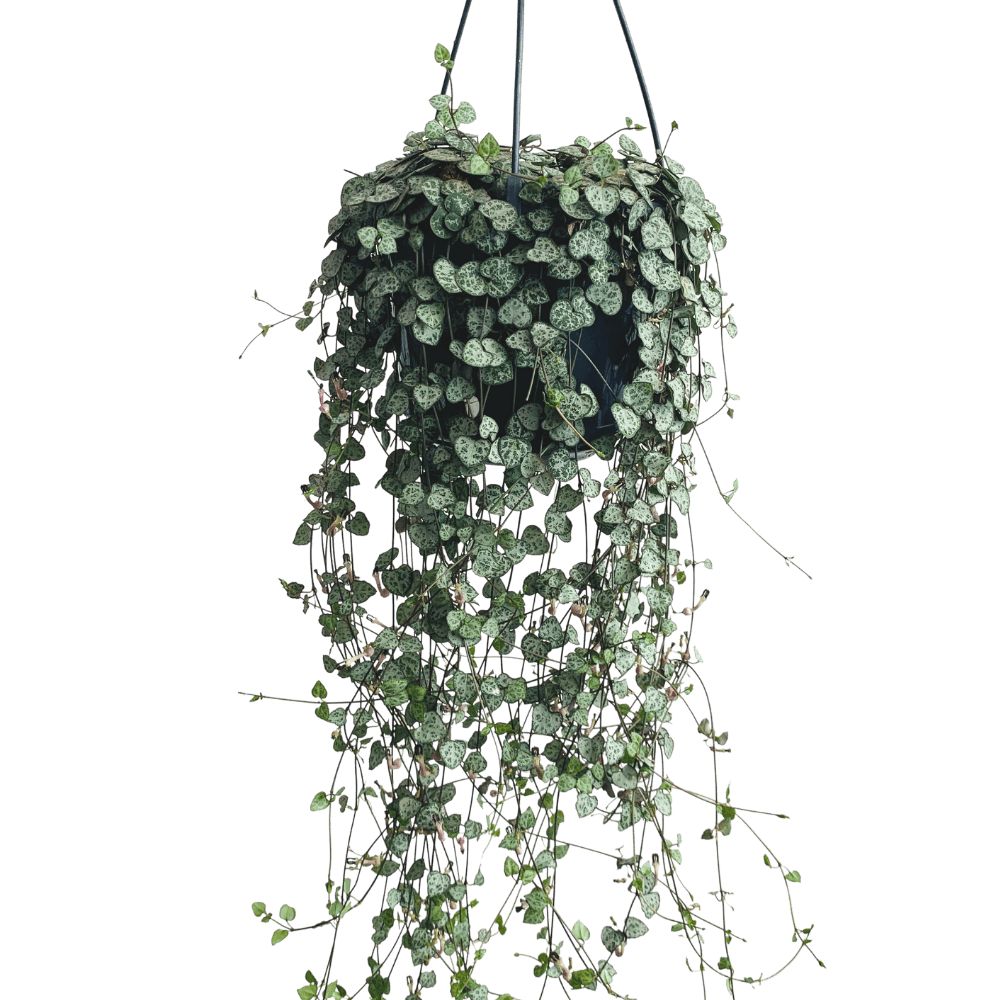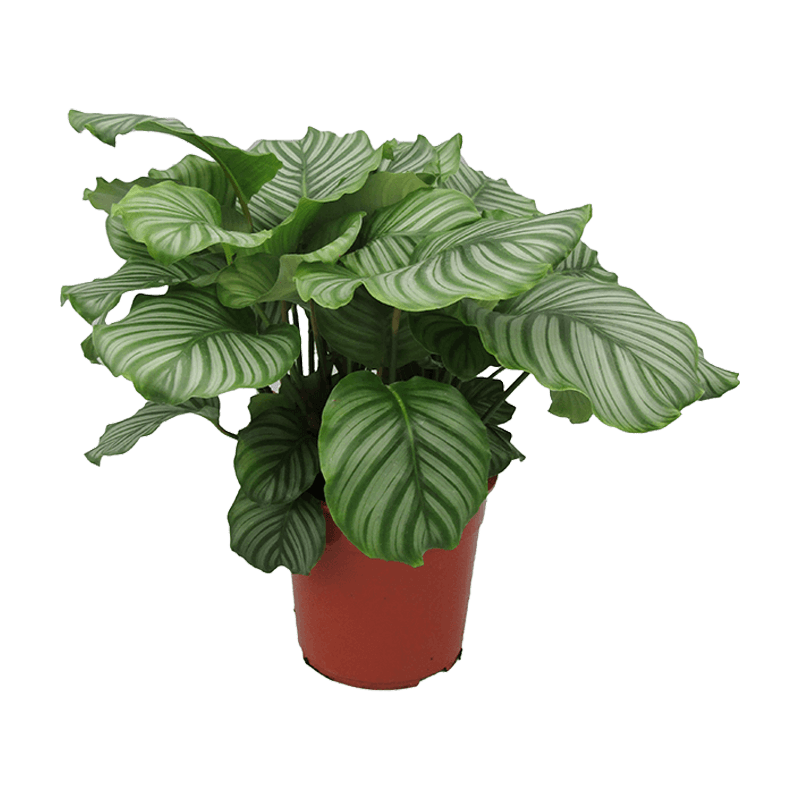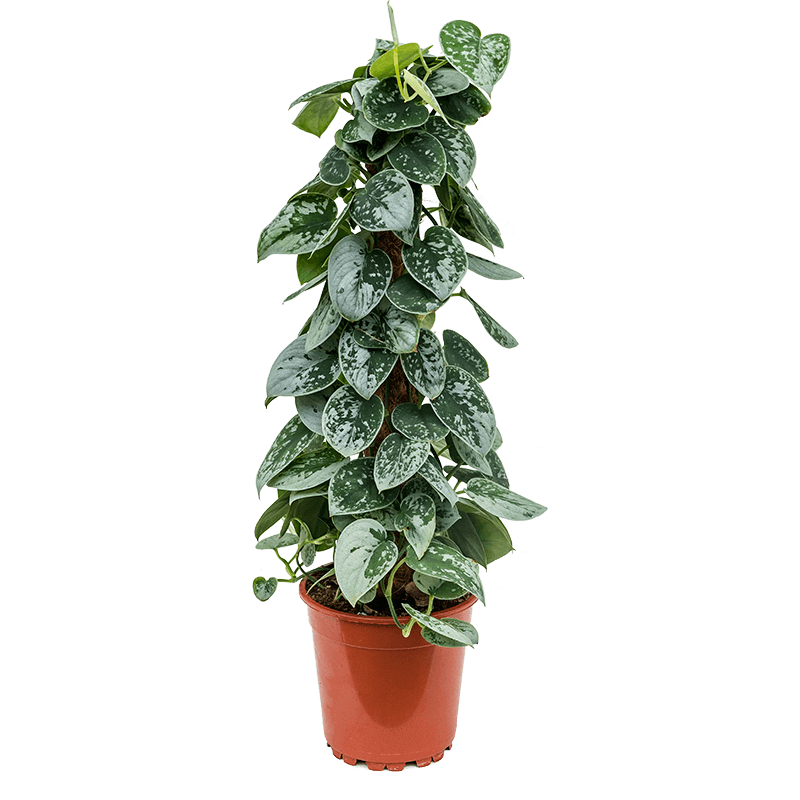how to care for anthurium
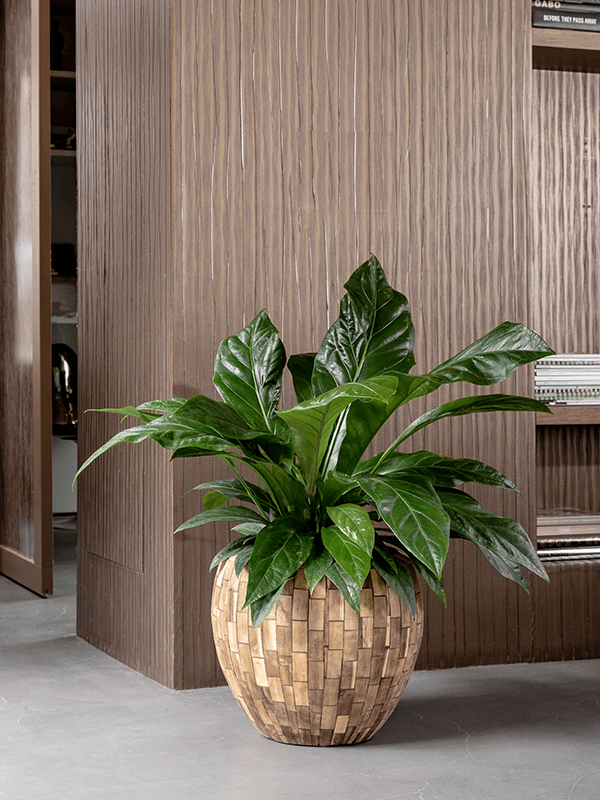
quick care guide for anthurium clarinervium
 |
Once or twice a week in summer; about once every two weeks in winter |
 |
Does well in bright, indirect sun; can adapt to medium light but this may make its markings fade |
 |
Fertilize a little bit every time you water during growing season |
 |
Toxic to pets – keep out of reach |
 |
Strong air purifier |
Anthurium clarinervium is a stunning foliage houseplant standing out through its contrasting white veins and dark green, deeply lobed heart shaped leaves. It is not a very easy to care for plant, but listening to its needs will help any person take care of it. It enjoys mostly bright indirect light or filtered sunlight and thrives in warm temperatures of around 20 ºC to 27 ºC. It loves high humidity and a lightly moist potting mix.
detailed care guide for anthurium clarinervium
Scientific Name: Anthurium clarinervium – commonly identified as Velvet Cardboard Anthurium Origin: Mexico Light: Medium to bright, indirect light. Avoid direct sunlight as much as possible Water: Water thoroughly once the top of the soil is dry; water once or twice a week in the summer and once every two weeks in the winter as it prefers a slightly moist soil Soil: Chunky, well-draining soil that stays moist but never gets soggy Temperature: Prefers warm environment with temperatures between 20ºC – 27ºC; doesn’t tolerate temperatures below 13ºC Fertilizer: Fertilize every 4-6 weeks in the growing season Humidity: Likes high humidity (at least 50%) Pruning: Requires minimal pruning – only remove dead or damaged leaves and trim away just damaged portion to preserve as much energy-producing foliage as possible Re-Potting: Doesn’t need frequent repotting – only repot when it becomes root bound (roots sticking out of the bottom); every 2-3 years Propagation: Propagate by division, however it is also possible to propagate through stem cutting or grow from seeds Diseases and Pests: Pretty resistant to diseases and pests, however, it is susceptible to root rot so try to avoid overwatering. Mealybugs pose the most significant risks. Toxicity: Toxic to pets – keep out of reachanthurium clarinervium origins & overview
Anthurium clarinervium, also known as Velvet Cardboard Anthurium is an amazing plant species of the genus Anthurium. It is native to the tropical forests of Mexico and it is a perennial that thrives in rocky landscapes with shaded limestone outcroppings. It is related to the popular philodendrons, however, they are a bit more low maintenance than the philodendrons. It is a terrestrial species that is deeply rooted in rocks and known for its large, dark green velvety leaf blades. The leaf’s underside is uniformly light green. They are quite particular about their needs – bright, indirect light, high humidity, and very good air circulation – so they’re not a great fit for beginner plant parents. Nevertheless, she’s an absolute beauty and definitely a must-have for any serious indoor jungleanthurium clarinervium light requirements
For your Anthurium Clarinervium to grow well and have a beautiful aspect, it needs to be placed in areas with medium to bright illumination. Ideally, you should place the plant in filtered, diffuse sunlight. Try to avoid direct sunlight as it doesn’t tolerate it and its leaves will start to scrotch. Anthurium Clarinervium generally tolerates early sun and enjoys the following long hours of bright indirect light. As such, try to place it in areas with an eastern exposure of light. Note: the amount of light the plant is demanding depends on the time of the year – your Anthurium clarinervium slows its growth in winter and therefore needs less light. Try to adapt accordingly.how to water anthurium clarinervium
Anthurium clarinervium doesn’t require a scheduled routine of watering. In order to determine whether it’s the time to give your plant a drink or not, you should first check the top of the soil. If the top of the soil is dry, you know it’s time to water your plant. If the quality of the soil is right, you should water your plant approximately once a week. Nevertheless, continuously monitoring the soil is key in watering your green friend Anthurium clarinervium is quite fussy when it comes to the amount of water it requires. You should never leave it dry out completely, but, on the other hand, you should not water it excessively as it cannot stand wet soil either. Important to note is that Anthurium clarinervium has a native rocky substrate that doesn’t allow the retention of water. Therefore, do not leave the plant standing in excess water and make sure to empty the cachepot after the soil has finished draining. Another important issue for your Anthurium clarinervium is the quality of its water; it may struggle with hard, highly mineralized water. Try to use rainwater, but distilled or other purified water is also good.repotting anthurium clarinervium
Your Anthurium clarinervium is ready for repotting once the roots fill the pot and start to circle around it. This usually happens every 2 or 3 years among mature plants. Once you decide to repot your plant, there are some important aspects you need to take care of. The plant has rock-dwelling origins and hence it can be a bit difficult when you try to unpot as the roots have the tendency to cling tightly to the sides. To make repotting easies, consider breaking the pot. Some other important tips:- Water beforehand as it will make it easier to work with.
- Use similar soil to the current potting mix.
- After moving the plant, water it to settle the soil and place it in lower light for a few days to allow recovery.
- Lightly fill the rest of the space with the remaining soil.
- Do not fertilize for 2-3 months until you observe new growth.
frequently asked questions for anthurium clarinervium
why is my Anthurium turning yellow?
If the leaves of your Anthurium start developing a yellowish tinge it can significantly impact the beauty of the stunning indoor plant. The main cause of yellow foliage is improper watering or excessive light. These two plant stressors may cause the breakdown of chlorophyll in plant leaves.
Overwatering. Anthurium plants need a relatively most soil to stay healthy. But there is an important difference that needs to be taken care of, the soil needs to stay moist but not wet. Overwatering will thus result in wet soil and hence in poorly aerated soil which can, in turn, lead to root rot and improper water absorption. This will then lead to yellow leaves on your Anthurium.
Solution: Continuously monitor the moisture of the soil before deciding to water your plant. Water only when the top of the soil is dry and take a balanced approach when watering so that the solid stays lightly moist, but not soggy. Avoid leaving the plant to stand in water as it may create conditions to root rot and plant necrosis.
Excessive light. Too much sunlight is a common cause of Anthurium leaves turning yellow. This species is a tropical plant and its natural habitat allows it to grow beneath the forest canopy where it only receives indirect sunlight. Hence, excessive light will cause the leaves to gradually become more and more yellow. In extreme situations, they can also turn brown and have brown marks.
Solution: If you observe the leaves of your Anthurium turning yellow you should check the amount of light is getting. If you observe there is too much light, move the Anthurium to a location that gets mainly indirect light. An east-facing window is ideal
why is my anthurium drooping?
Temperature. Anthurium is a tropical understory plant which usually thrives in dappled to medium light and in pretty warm temperatures ranging from 20 ºC to 27ºC (even up to 32 ºC). When exposed to low temperatures (below 13 ºC) it will suffer and its leaves will start to droop. Try to maintain your plant in warm environments to avoid drooping.
Soil. If the plant is in poorly draining soil, its leaves will start turning brown and its foliage will start drooping. To keep the moisture of the soil in control you should use a moisture meter to be certain the plant is evenly moist but not soggy.

